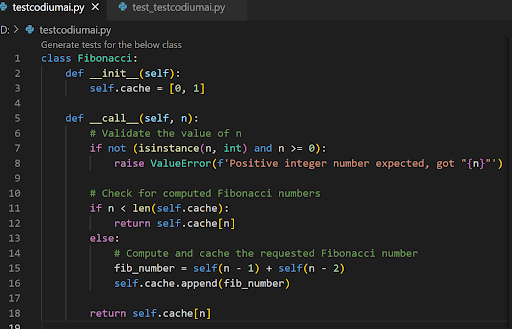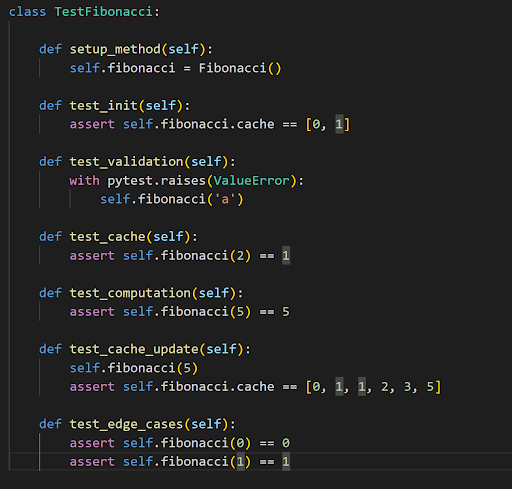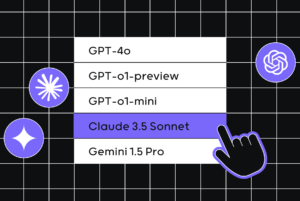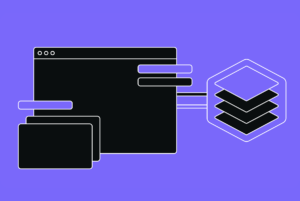Introduction to Code Coverage Testing


Introduction
Software has become the critical driver of development as it helps us to automate processes, solve complex problems and improve our efficiency in how we work and communicate with each other.
With such importance hedging on software in our current world, software should be tested thoroughly to identify any potential bugs that may result in unexpected behaviors and deliver wrong results. Software testing is the process of evaluating a software application and the system it runs on to identify issues and bugs before deployment and also test for potential improvements when software is in use.

Fig 1: Debugging a failed test
Software testing is recommended to take part in all stages of a software lifecycle, from design, through coding to deployment to active usage. Software testing can be done manually or in an automated manner. The main software testing techniques include unit testing, functional testing, performance testing, integration testing, regression testing, load testing, sanity testing, security testing, and code coverage testing.
Code Coverage Testing vs Test Coverage
In software engineering, there is an involuntary confusion between code coverage testing and test coverage testing. Code coverage testing is a software testing technique that measures how much of the source code of a program is executed when the tests are run. This means code coverage testing measures the extent to which the source code of a program has been tested. It gives details about which components of the source code are executed during the tests and which parts are not. Code Coverage Testing should be differentiated from test coverage and should not be used interchangeably. Below is a table that shows the key differences between code coverage and test coverage:
| Code Coverage Testing | Test Coverage Testing |
|---|---|
| Measures the percentage lines of codes that are executed when tests are run | Measures the number of tests that have been executed for a given software. |
| Covers only the source code and is tightly coupled with unit testing | Covers other tests beyond unit testing, like user acceptance testing, integration testing, and functional testing |
| Usually performed by developers as coding continues and directs where more unit tests are required in the software codebase. | Usually performed by the Quality Assurance teams to ensure coverage of multiple specification documents like functional requirement specifications, software requirement specifications, and user requirement specifications |
| It is a quantitative measure | It is mostly qualitative in nature. |
| It is a white-box testing approach where testers inspect and verify the inner working of a software system, especially the code and its integrations | It is a black-box testing approach where functionalities of the software are tested without knowledge of the inner structure of the software code and how it has been implemented. |
Benefits of Code Coverage Testing
Most software companies have a story to tell about the dangers of inadequate code testing that range from loss of revenue to privacy breaches of customers. In order to prevent these types of incidents, code coverage plays a key role in ensuring testing is done for most of the source code. The key advantages of code coverage testing include:
- Efficient and Specific Code Checking – When code coverage testing discovers that a specific code block is not being executed when running tests or a certain part of the code is giving wrong results, it helps to quickly identify the cause of the error. This reduces the time required for debugging the code and increases the speed of quality code writing. Moreover, as code coverage testing helps identify areas of the code that have not been tested, it enables the developers to write tests for those specific areas and improve the overall quality and quantity of the tests. Code coverage testing can be performed manually or by using tools that generate tests for your code that ensure code coverage testing is optimal.For example, qodo (formerly Codium) automatically analyzes your source code and creates relevant tests to catch bugs before software deployment. qodo (formerly Codium) test generation tool has a VSCode extension developed with Python and auto-generates tests for your code automatically to ensure a high percentage of python code coverage testing.Consider the following snippet of code:

qodo (formerly Codium) will generate for you all expected test cases, and you can decide what to leave and what to keep.

- High-Quality Code – Code coverage testing ensures that all components of the code are tested and the quality of the code is acceptable and follows set standards. This code quality testing helps to identify and eliminate bugs making the code more reliable and efficient.
- Code Clarity – Code coverage testing provides a simple and concise view of the code’s structure. This helps to make developers understand the code and how it is being executed. The clear view of the source code makes it easy for new developers to understand and modify the code, as well as makes it easy to write technical documentation for the software.
- Improved Trust – Code coverage testing gives confidence that the code is working as expected, and there are no surprise results. This is of utmost importance when working with distributed teams making changes to the code or deploying it to production.
Pitfalls to be aware of during code coverage testing.
I’d like to share some of the challenges associated with code coverage testing as it is not a swiss army knife for your software testing journey.
- Inadequate Perspective: Code coverage tests provide limited insight into the quality of the code, only indicating which lines have been executed. Thus, high code coverage does not guarantee a bug-free program and can create a false sense of security. Code coverage testing is just one aspect of the testing process and does not account for functionality and usability.
- High Cost in terms of time – Generating and analyzing code coverage data can be a time-consuming process, potentially slowing down the development of the software, especially in high-paced teams where clients just need results.

- Interpretation Challenges: Interpreting the results of code coverage tests can be challenging, especially for less experienced developers. Requiring a certain level of code coverage can make the code unnecessarily complex and difficult to maintain.
8 Tips to Improve code coverage testing
Now that you understand what code coverage testing is and its advantages and disadvantages, the next logical step is to understand how to improve testing.
Here are my tips to improve code coverage testing during code creation in development and production:
- Use automated code coverage measuring tools – learn to make use of automated testing tools such as the coverage library in Python. These tools are meant to help measure code coverage and provide a more accurate picture of which parts of the code have been tested and which have not been tested. This gives the developers a direction to create more tests that ensure code reliability and clarity.

- Use automated unit test generating tools – Make use of automated test code generation tools like qodo (formerly Codium) to automatically generate testing code. This will increase your code coverage and help to catch bugs more easily.
- Write comprehensive tests – Make sure that all parts of the code are covered by tests that might be done manually or by using automated tools.
- Write prioritized tests – Since it might be impossible to test all your source code, focus testing efforts on parts of the code that are most likely to change or have the greatest impact on the software and the users when it is put in production.
- Review code coverage results regularly – Regularly review code coverage results to identify areas of the code that are not being tested. This will give you observability into your software and help you to make proper decisions and prioritize the most critical areas of your code block.
- Integrate code coverage tests into the software development cycle – Make code coverage testing part and parcel of the software development lifecycle and use the results to guide future testing endeavors.
- Be conscious of edge cases – always write tests that execute the code with unexpected or boundary conditions. This will help you improve confidence in your software, as these edge cases are often the places where most bugs hide.
- Continuously refactor code – in scenarios where code coverage metrics reveal that certain parts of the code are difficult to test. Rewrite the code to make it simpler and more testable. After all, one of the most important Zen’s of Python https://peps.python.org/pep-0020/ states that:
“If the implementation is hard to explain, it’s a bad idea.”
In general, code coverage testing is a useful technique in the software development lifecycle. Inadequately tested software can cause major disasters and loss of revenue. Some expensive examples include:
- Mars Orbiter Mission (1998) – The Mars Climate Orbiter was meant to test the climatic conditions on the Mars atmosphere. The satellite lost contact with earth due to a simple bug where units were sent from earth in pounds-second instead of Newton-seconds. Code Coverage testing should have picked this up and prevented the loss of a spacecraft that had cost $193.1 million. https://www.simscale.com/blog/nasa-mars-climate-orbiter-metric/
- Knight Capital Trading Glitch – In 2012, the Knight Capital Group lost $440 million after a software glitch caused them to sell all the stocks they had bought the previous day. https://archive.nytimes.com/dealbook.nytimes.com/2012/08/02/knight-capital-says-trading-mishap-cost-it-440-million/
Thus, code coverage testing helps to improve the quality and reliability of software. It helps to identify and resolve bugs before they become problems in production that cost time and resources to correct and usually involve customers losing trust in a system which is perhaps one of the most dangerous risks to software companies today.



